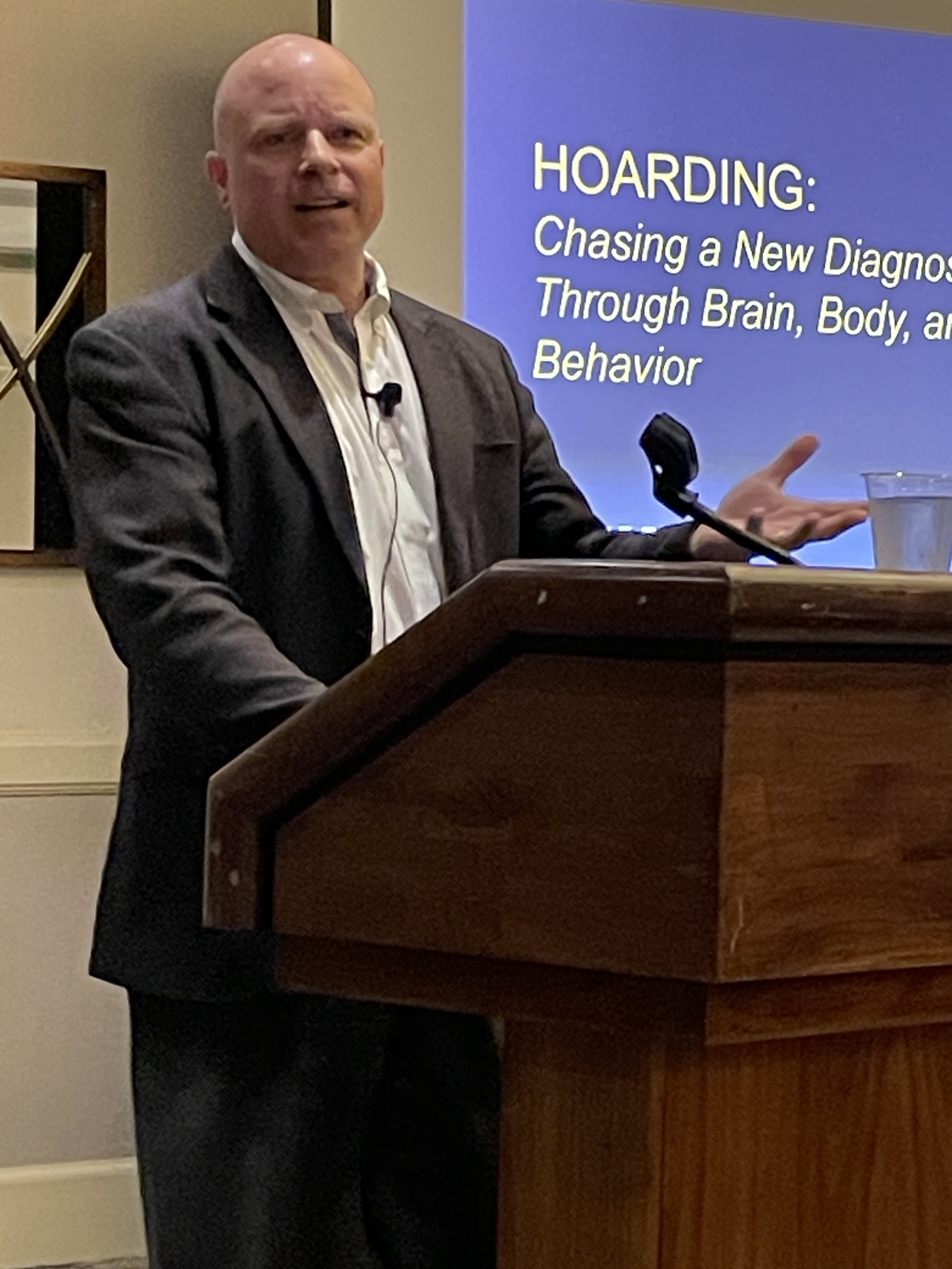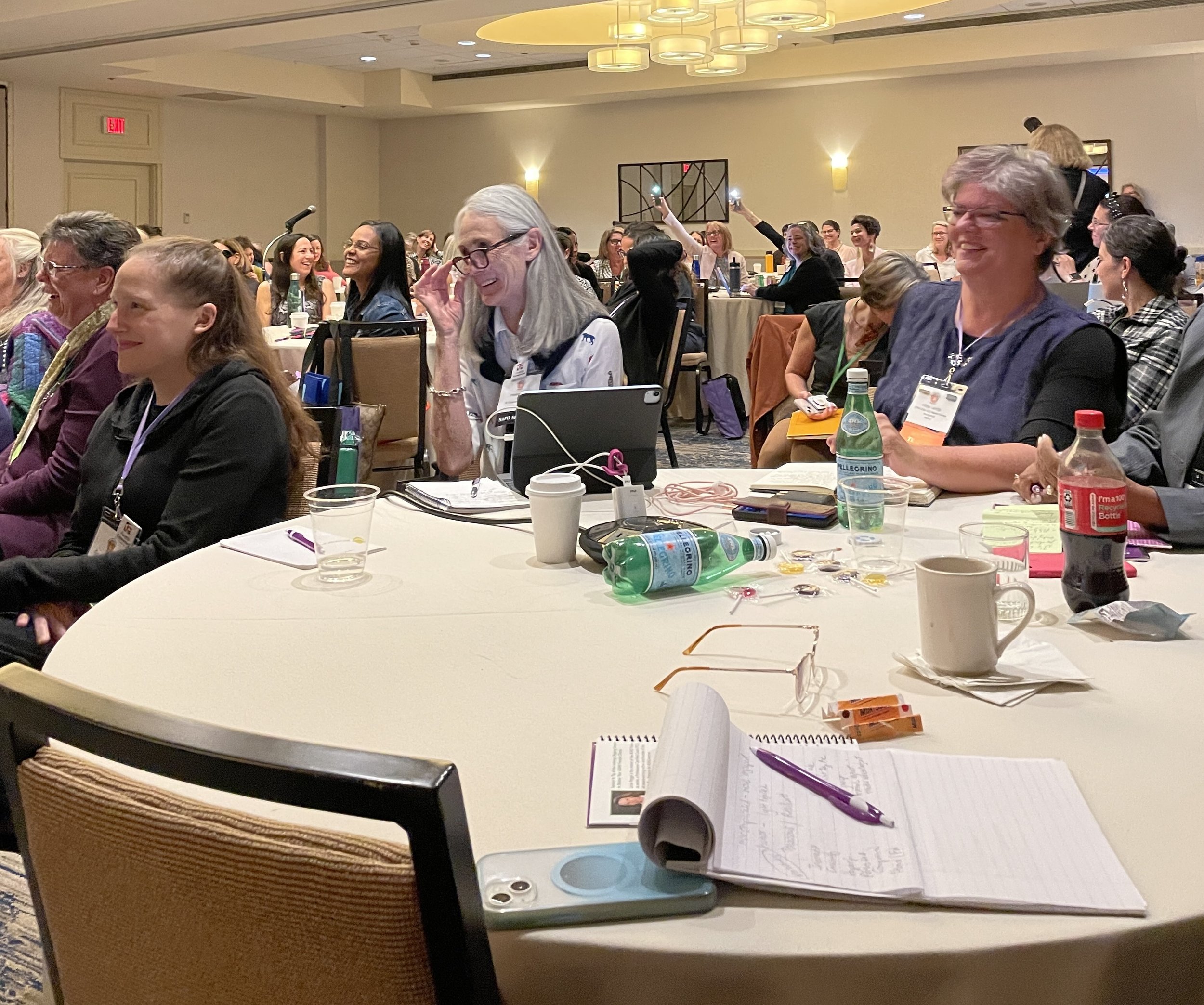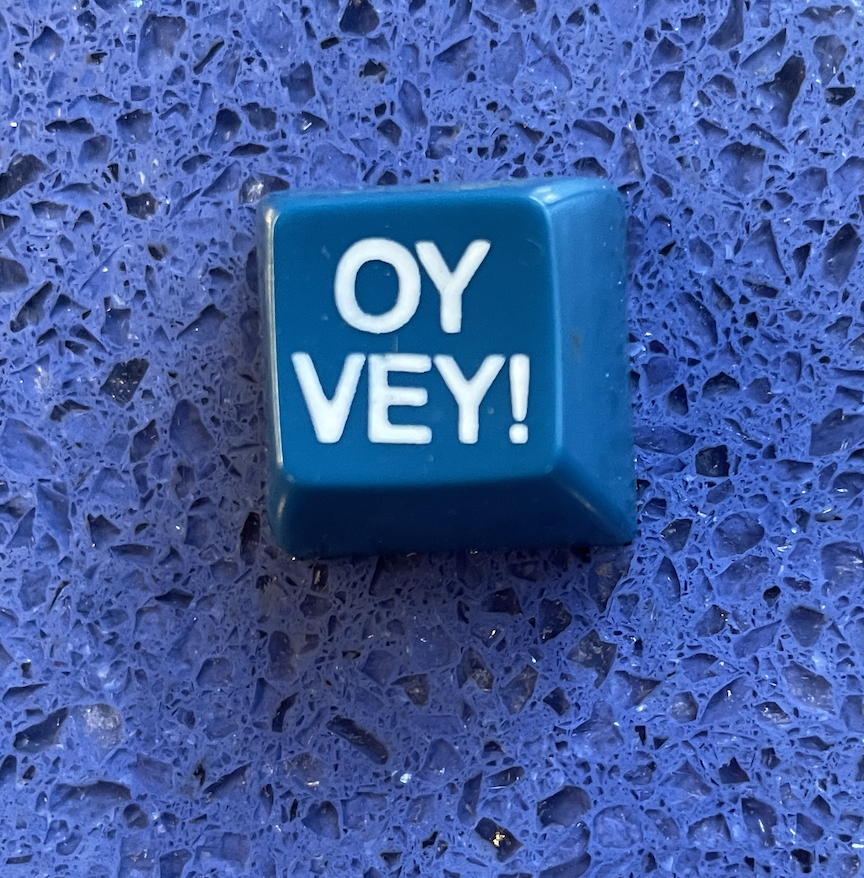You might wonder how baking cookies relate to encouraging change or getting organized. At first glance, they may seem unrelated. However, a funny thing happened recently, which is how I made the connection. I tested out a new cookie recipe from Amy Bowers, my friend who is a Health Coach. To ensure the best outcome, I used the specific ingredients she recommended, including almond butter, coconut sugar, and my favorite, dark chocolate chips.
A successful change journey also requires distinct ingredients. One, in particular, is crucial.
Essential Ingredient to Encourage Change
There are different types of change. Some changes we proactively seek, and some changes happen unexpectedly. There is an ingredient that is valuable for both. Successful change hinges on your choices and the decisions that follow.
Choice and decisions are not one but two things. However, I see them as a connected unit, so I’m offering them as one helpful ingredient.
When you seek change, you desire something different. You may want to establish a new habit, create more organization, or design your next stage of life. Desiring is one thing. That aspect is crucial because it provides your motivation and why. But desire alone isn’t enough.
To encourage actual change, you have many choices. Recognizing those choices is crucial. Identifying them is the thought part. Pairing a choice with a decision is the action part. A dynamic choice-decision-making cycle is vital for change to occur.
The Ingredients Of Practice
Let’s return to my cookie-baking analogy.
The choices went something like this:
Is this recipe enticing enough to test, or not?
Is it a recipe I can make on my own, or not?
Do I have the ingredients, or will I have to buy some?
Do I have the time to bake the recipe today or sometime in the future?
Nothing would have changed if I stopped after asking those questions and didn’t move on to the decision-making phase. There would have been no baking, cookies, or new favorite recipes. However, curiosity led me to continue. I couldn’t stop thinking about the enticing cookie photo Amy posted on Instagram.
The decision-making cycle looked like this:
I carefully read the recipe and determined it was easy and well within my baking skills.
I had most, but not all, of the ingredients.
I looked at the time needed. It included going to the grocery store for the items I didn’t have, assembling the ingredients, and baking. I had the interest, ability, and time to test the recipe that day.
The cookies were baked, and they were incredibly delicious. They were so yummy that it was challenging to stop eating them. That’s a story for another day. If you want the recipe, email me at linda@ohsoorganized.com, and I’ll happily share it, or you can see Amy’s post for the details.
“Successful change hinges on your choices and the decisions that follow.”
The Change You Seek
We’re in the second month of this new year. What changes are you working on? How are they going? Are you noticing your choices, making decisions, and taking action? Are you moving forward on your own or enlisting help?
Change happens when you repeatedly identify the choices, make decisions, and take action. You can bring about the change you crave through questioning, doing, readjusting, and staying curious.
If you want assistance with any part of the change process, I’d love to help. Please email me at linda@ohsoorganized.com, call 914-271-5673, or click here to schedule a Discovery Call. Change is possible, especially with support.





















